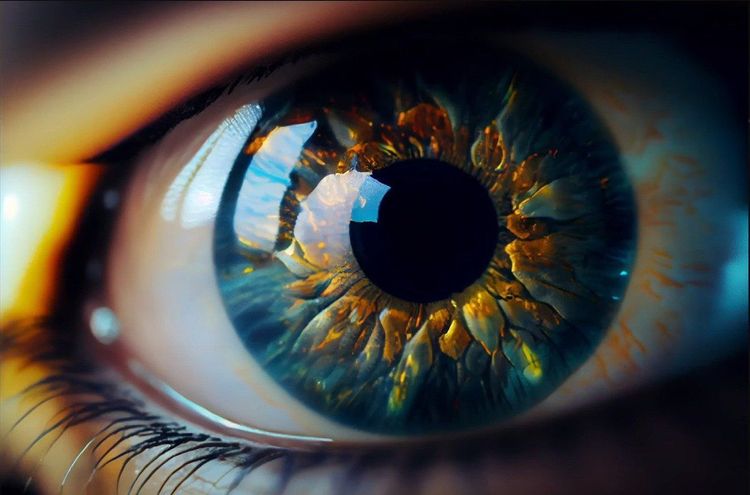Google Unveils New Video Generation Model Veo, Aiming to Surpass OpenAI's Sora
Most people like
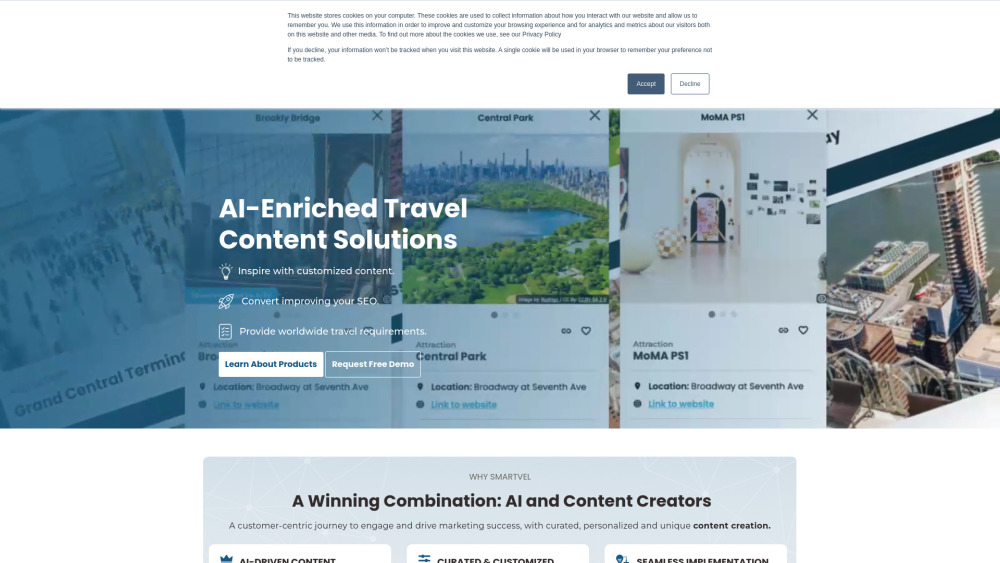
Unlocking the Power of AI Travel Content Solutions for an Enhanced Customer Journey
Discover how AI-driven travel content solutions can transform your customer experience. By leveraging intelligent algorithms and personalized recommendations, these innovative tools enhance engagement and streamline the travel planning process. Dive into the future of travel with solutions designed to elevate every step of your customer's journey.
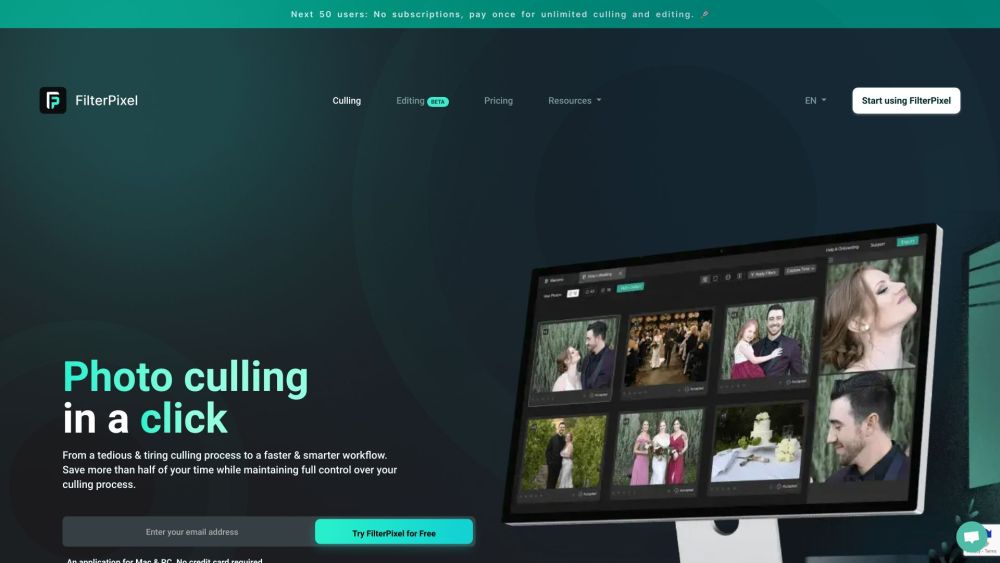
Discover the fastest AI photo culling software available for both Windows and Mac. Streamline your photo editing process with advanced technology designed to save you time and enhance your workflow.
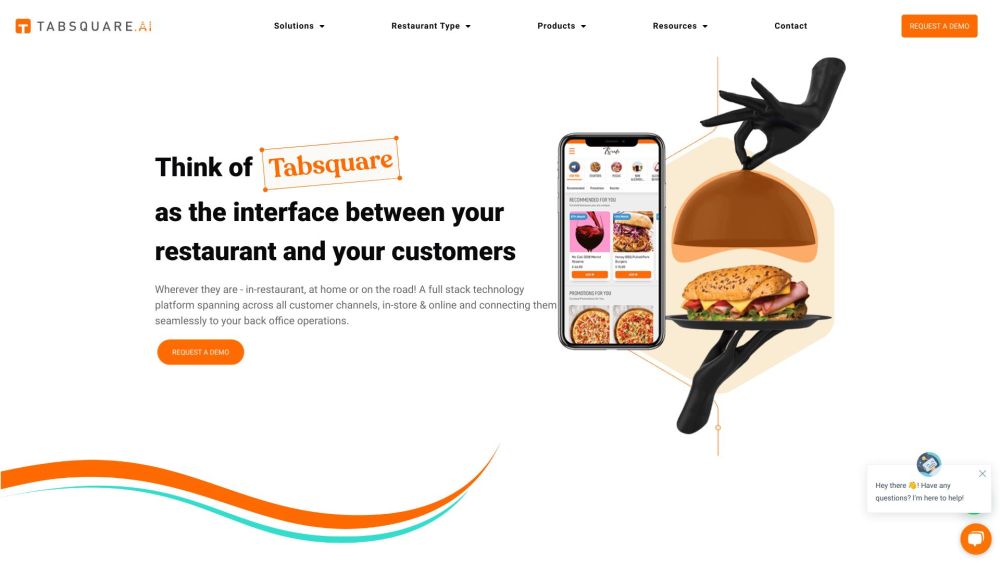
Discover a cutting-edge restaurant technology platform designed to streamline operations and elevate the customer experience. Empower your business with innovative tools that enhance efficiency and drive guest satisfaction.
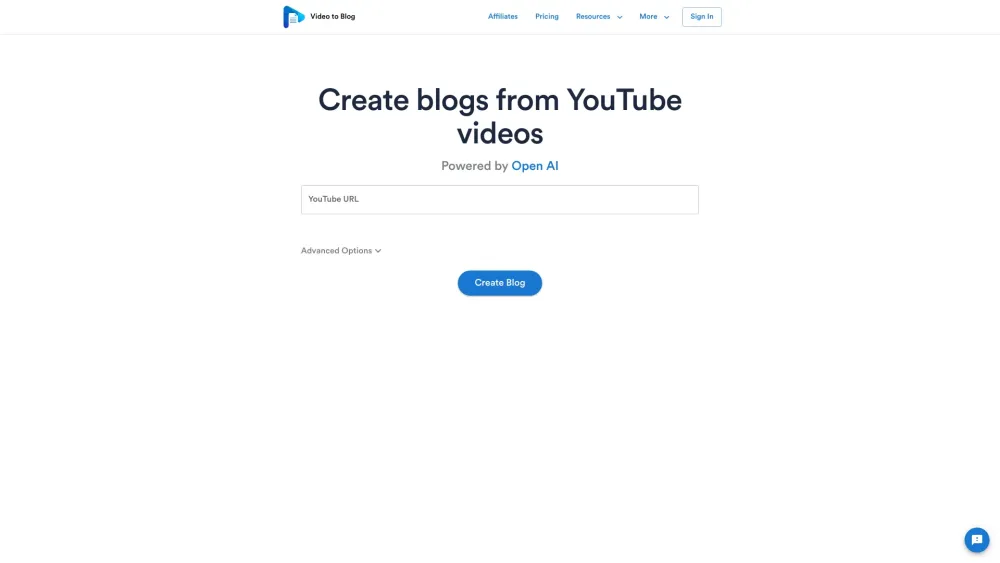
Unlock the potential of your YouTube videos by converting them into captivating blog posts. This effective strategy not only enhances your content's reach and engagement but also helps to diversify your audience. By transforming your video content into written format, you can improve SEO, attract more visitors to your blog, and create valuable resources that keep your audience coming back for more. Explore how to seamlessly turn your visual storytelling into compelling written narratives!
Find AI tools in YBX

